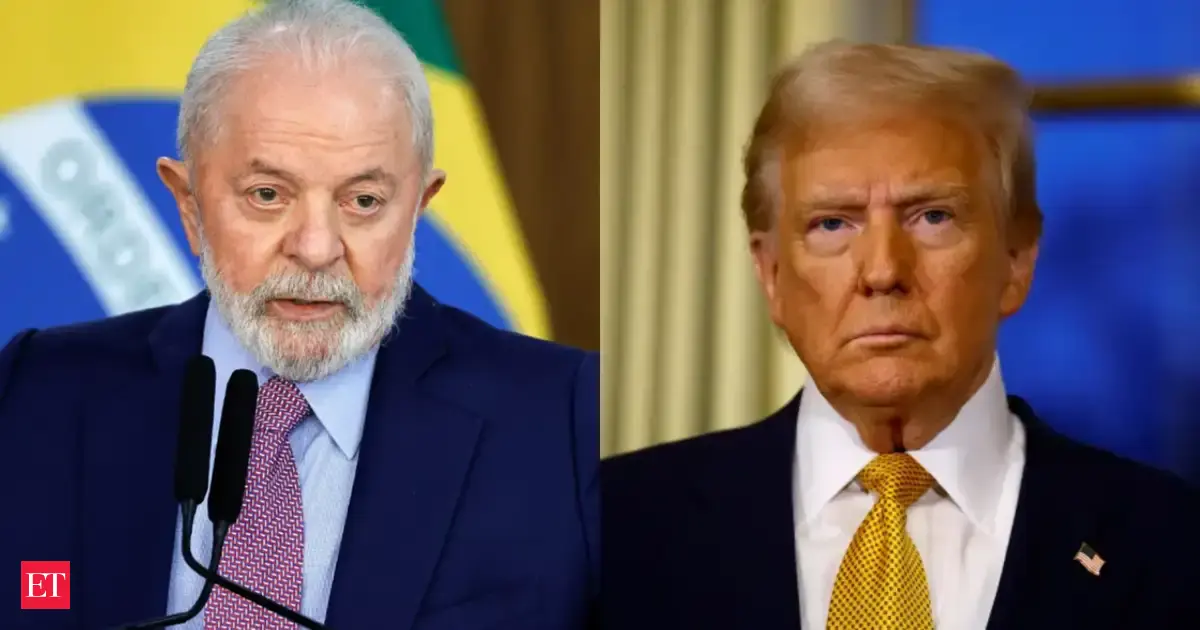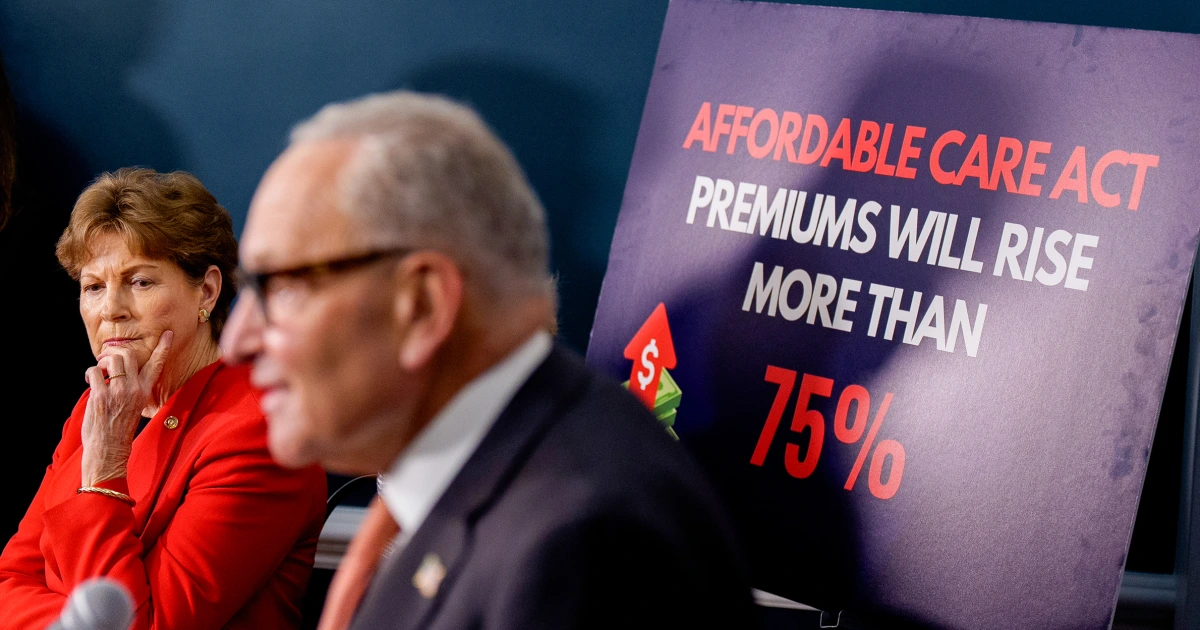Copyright brecorder

Pakistan’s total foreign direct investment (FDI) July-September 2025 plummeted to negative 64.5 million dollars against 997 million dollars in the same period the year before in spite of the seismic shift in geopolitical climate that has visibly benefited Pakistan. FDI declined by 55 percent in September 2025 compared to the same month the year before, while total foreign investment (including portfolio investment) plummeted by 64.5 percent during that period. This is in spite of major pledges (reflected by the over 25 billion dollar Memoranda of Understanding signed with friendly countries) as well as the establishment of the Special Investment Facilitation Council in June 2023, envisaging all stakeholders – notably federal, provincial, and the establishment – working together to ease foreign investor concerns. Gross Domestic Product (GDP) growth that enables/facilitates the absorption of FDI was upgraded to 3 percent last fiscal year – up from the earlier estimate of 2.6 percent. And for the current year it has been projected by the International Monetary Fund (IMF) at 3.6 percent, with the budget optimistically projecting it at 4.2 percent – projections that would have to be revised as and when the summer floods assessment is finalised. Global FDI declined significantly in 2024 with the United Nations Conference on Trade and Development (UNCTAD) reporting an 11 percent drop. The developed economies by 22 percent with Europe hardest hit by a 58 percent decline and Asia by negative 3 percent in 2024 attributable to escalating geopolitical tensions, trade barriers and volatility in economic conditions. Sadly, these negative factors have been strengthened since the Trump Presidency, with multilaterals reports projecting lower FDI growth in the current year, which is reflected by lower projected global growth to 3.1 percent while estimating developed economies to grow by 1.5 percent and emerging markets and developing economies by around 4 percent. The IMF however notes that its analyses are “based on historical data, while projections are based on information gathered by the country desk officers in the context of their missions to member countries and through their analysis of the evolving situation in each country. Historical data are updated on a continual basis, as more information becomes available, and structural breaks in data are often adjusted to produce smooth series with the use of splicing and other techniques.” This reliance raises the distinct possibility of multilateral resistance to entertain reforms that may be more applicable to a particular debtor nation or, as is evident today, reforms that are being challenged by US policies that continue to weaponise sanctions and use tariffs with the objective of re-industrialising the US. Be that as it may, the IMF highlighted the geo-economic changes in its report: “recent months have seen elevated trade and geopolitical tensions, rising government debt, and continued growth of nonbank financial intermediaries (NBFIs) and stablecoins. Markets appear complacent to this shifting ground: valuations have returned to stretched levels since the April 2025 Global Financial Stability Report, and financial conditions have eased. Financial stability risks remain elevated. Valuation models show risk asset prices well above fundamentals, raising the risk of sharp corrections. Sovereign bond markets face pressure from widening fiscal deficits, while stress tests reveal greater interconnectedness and maturity mismatches among banks and NBFIs that could amplify shocks. These vulnerabilities reinforce each other.” In other words, there are serious prevailing issues that would impede global trade and FDI. Multilaterals proactively harmonize policies to, ostensibly, not to duplicate efforts; however, a negative outcome may be to disable one multilateral from challenging the programme/project design of another. In this context there is abundant literature released by the IMF and other multilaterals (including the programme design of the ongoing programme for Pakistan) fully supportive of a reduction of barriers to trade and investment – an approach which is under serious threat as the era of globalization is on the wane. The World Bank while supportive of this policy acknowledged the implicit loss of revenue yet maintained that “on average major tariff cuts in the past coincided with rising non-trade revenues that more than offset trade-tax revenue losses.” This in Pakistan’s case has implied the consumers bearing the brunt of increased taxes (inclusive of petroleum levy to generate 1.468 trillion rupees against 1.16 trillion rupees collected last year while erroneously, if not dishonestly, placing it under other taxes), which has raised poverty levels to rates comparable to Sub-Sahara Africa. Growth forecast by the World Bank for South Asia was a high of 6.6 percent with Pakistan’s growth rate upgraded to 3 percent last fiscal year and projected South Asian 2026 growth at 5.8 percent with Pakistan’s projected at 3.1 percent – lower than the regional average last year by 3.6 percent and in the current year by 1.9 percent. The World Bank further cautioned Pakistan that the rate is too low to significantly reduce poverty and urged greater commitment to reforms (IMF sponsored) and resilience to climate shocks, as noted in its Pakistan Development Update released on 28 October (though its data was for last fiscal year). In contrast, Pakistan released its monthly (October) Update and Outlook a day earlier on 27 October; however, Pakistan Bureau of Statistics (PBS) is almost routinely accused of data manipulation. This charge was supported by the IMF in its 10 October 2024 documents where it noted that “major shortcomings remain in the source data available for sectors accounting for around a third of Gross Domestic Product while there are issues with the granularity and reliability of the Government Finance Statistics.” To conclude, Pakistan government will have to tamper its expectations of FDI inflows not only due to the downward revision of global growth projections, especially in the developed countries, but also because its own economy remains fragile especially given lower growth than the regional growth average. To translate the positive geopolitical favourable factors into FDI Pakistan would have to not only ensure that existing foreign investors are promptly paid their dues (especially with respect to the Chinese Independent Power Producers) forestalling the possibility of any foreign firm operating in Pakistan announcing an exit from the country and provide an attractive domestic economic environment in comparison to competitors. That sadly remains a pipe dream in spite of some economic gains. Copyright Business Recorder, 2025



